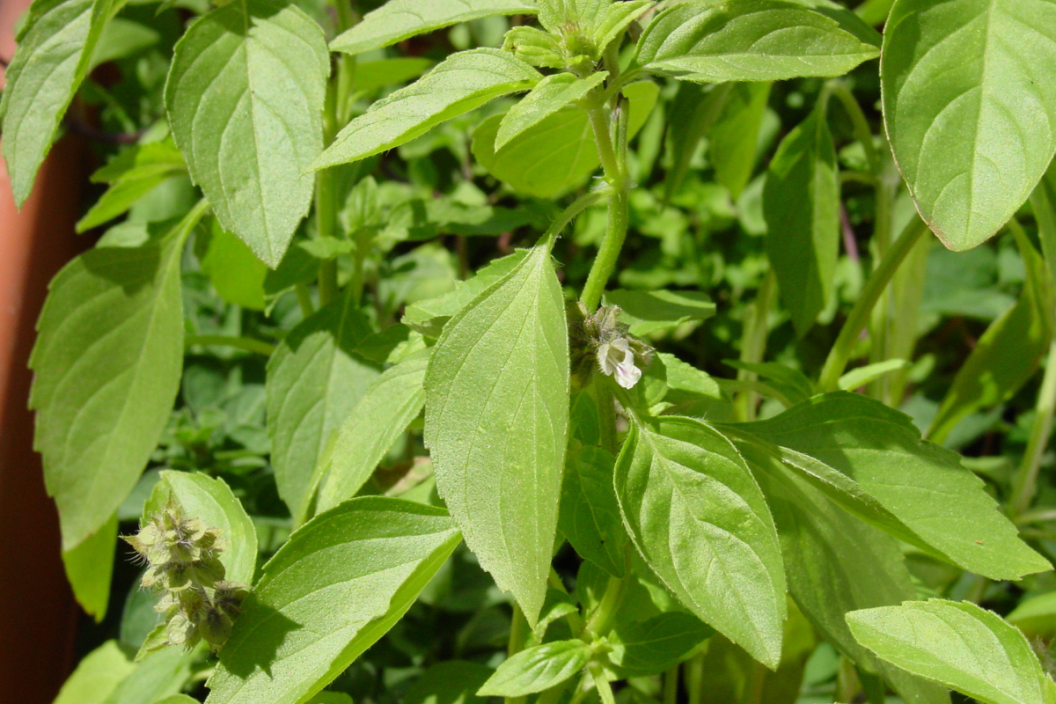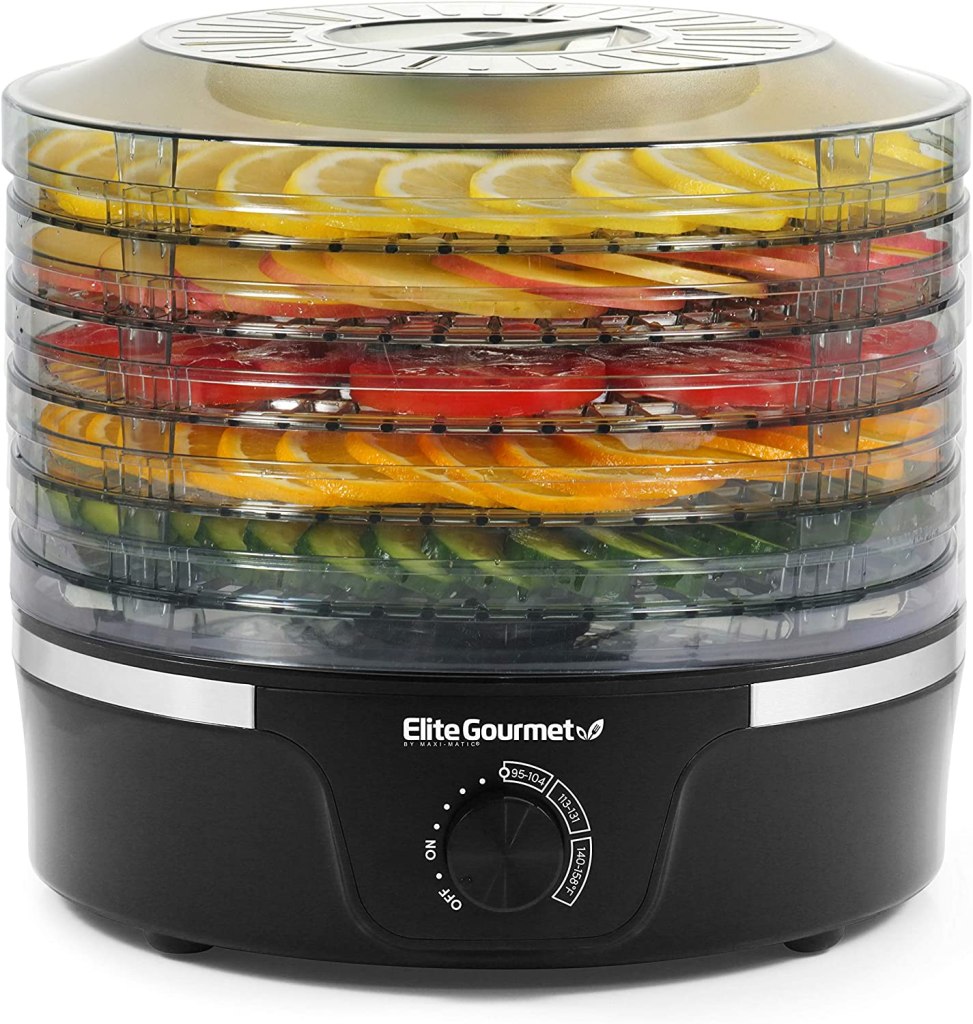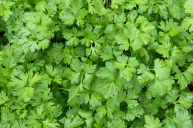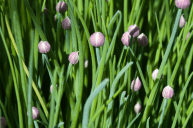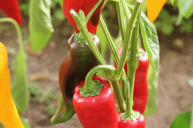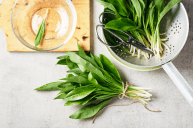Basil, also known as Ocimum basilicum, is one of those herbs that can be used in so many recipes, it's definitely worth having in your vegetable garden. It's a staple in most herb gardens, and fresh basil is so easy to grow and harvest, you should consider adding it to yours if it's the right growing season to do so. Learn how to harvest basil easily with our DIY guide.
Harvesting Basil
Basil can be harvested once the basil plant has at least six sets of leaves, Gardening Know How reports. It's best picked in the morning, "...when the essential oils are at their peak freshness," and can continue to be picked as often as you need it for pesto, dried basil, or whatever other basil growing and cooking needs you may have.
To plant a basil, whether it's sweet basil (Genovese basil), Thai basil, lemon basil, or purple basil, you just need moist, well-drained soil. To pick the basil leaves, you should cut back specific leaves, stems, or branches above an intersection where side shoots come out, Chowhound notes.
Your basil should regrow from those side shoots, and in no time, you'll have more new growth for dry basil or basil pesto.
"Begin to remove 10 to 15 percent of the total foliage each time you harvest," Chowhound says. "It is important to begin harvesting at this early stage to train the plant to grow full and bushy."
You can also eat the basil flowers that might grow if you don't prune basil enough to keep them at bay, but they can be bitter. Check one to see if you like the flavor before letting them get out of control with the intent to eat them.
How Do You Save Basil?
If you don't want to use the basil you've harvested right away, it can be saved. Frozen basil or dehydrated basil is fine, and lets you use basil in recipes long after your plant has grown many a set of leaves for you to enjoy.
To freeze the basil leaves, grind them coarsely in a food processor with a bit of olive oil, then pack it into an ice cube tray to make basil cubes. Those cubes can be saved in a plastic bag for up to six months.
You can also dry basil by a windowsill — out of direct sunlight! — or with a food dehydrator. Dried basil can be easily stored in a glass jar for later use.
You can snag some seeds on Amazon, like most things these days. Enjoy your homegrown basil!
Products featured on Wide Open Eats are independently selected by our editors. However, when you buy something through our links, we may earn a commission.
